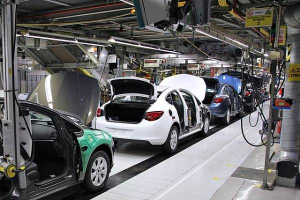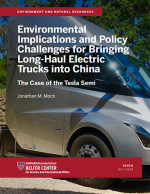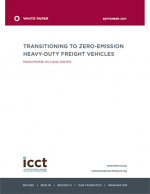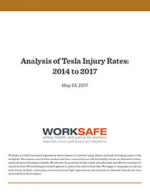A Pathway to the Distributed Grid
Evaluating the economics of distributed energy resources and outlining a pathway to capturing their potential value.
In this report, we explored the capability of distributed energy resources to maximize ratepayer benefits while modernizing the grid.
The opportunity associated with proactively leveraging DERs deployed over the next five years is significant, creating $1.4 billion a year by 2020 in net societal benefits across the state of California.
Applying the state-wide methodology to a subset of real distribution capacity projects identified in California’s most recent utility General Rate Case yielded similar results, suggesting DERs can cost effectively replace real-world planned distribution capacity projects today.
The impediments to capturing these benefits in practice remain significant.
Utility incentives must be realigned to ensure that the full potential of DERs can be realized. Shifting the utility’s core financial incentive from its current focus of “build more to profit more” towards a future state where the utility is financially indifferent between sourcing utility-owned and customer-driven solutions would neutralize bias in the utility decision making process.
However, modernizing grid planning is also necessary. Grid planning must be updated to incorporate DERs into every aspect of grid planning, and the process itself must become radically more transparent with greater access to and standardization of data.
The benefits of achieving these changes would be real - and large. While initially complex to consider, the greater flexibility DERs can provide to grid planners and operators leads to greater reliability and resiliency.
Similarly, the more targeted and incremental deployments of DERs can enable more efficient and affordable grids.
Most importantly, utilities that can successfully modify planning processes would be able to fully take advantage of the assets their customers chose to adopt.
While no single report will adequately address all the issues - engineering, economic, regulatory - that naturally come with a transformative time in the industry, we hope that compiling these issues in one place, even with a high-level focus, advances the discussion and provides an overview of the critical topics for regulators and industry stakeholders to consider when evaluating the full potential of distributed energy resources.
What’s Related




Favorites





